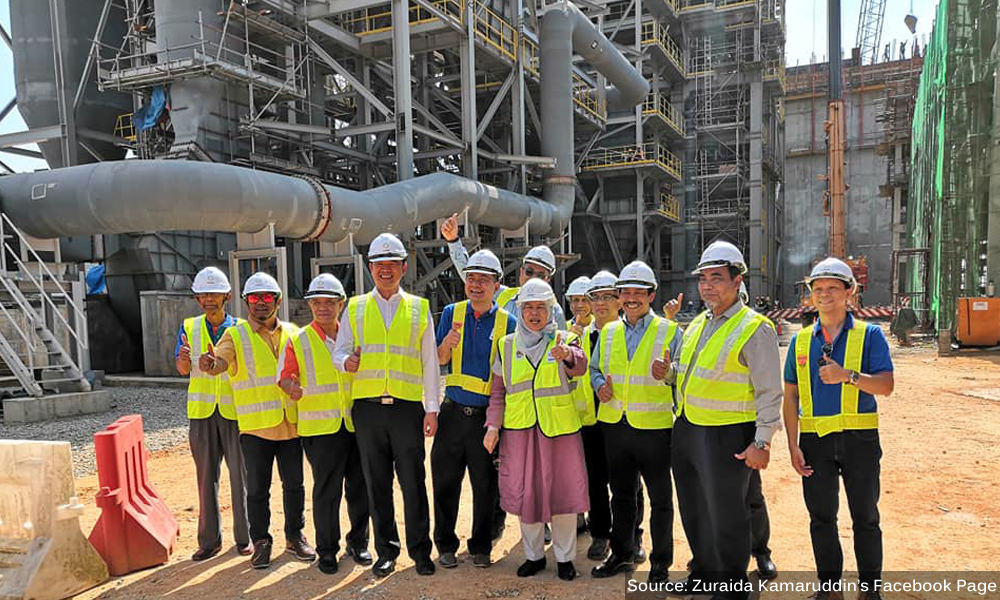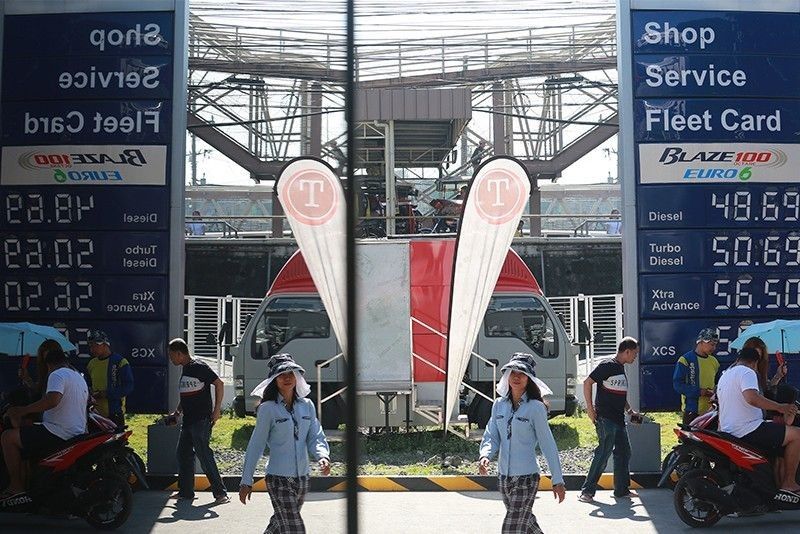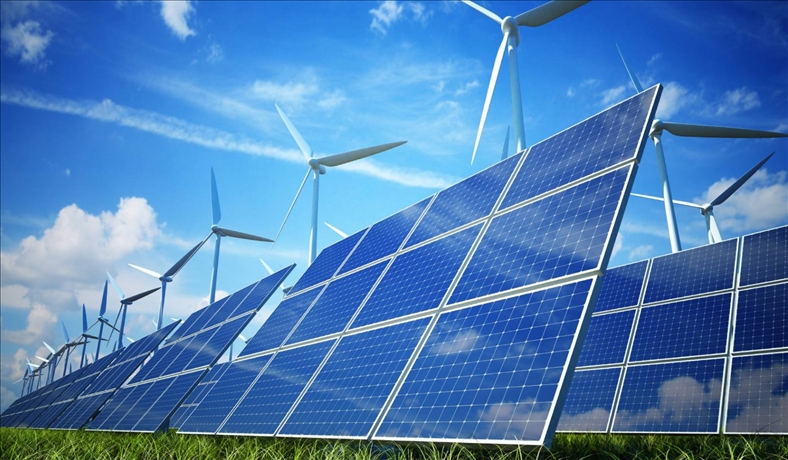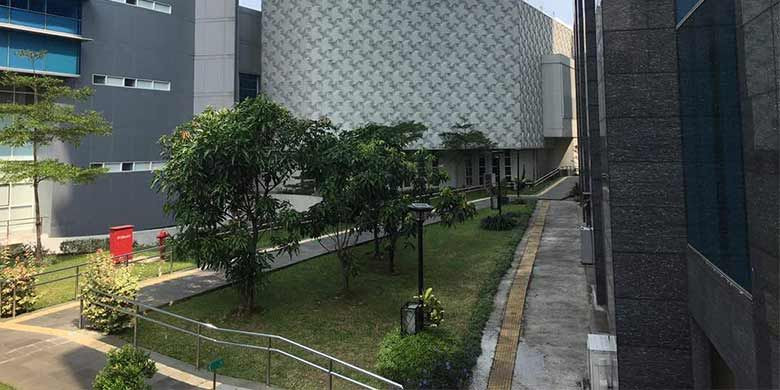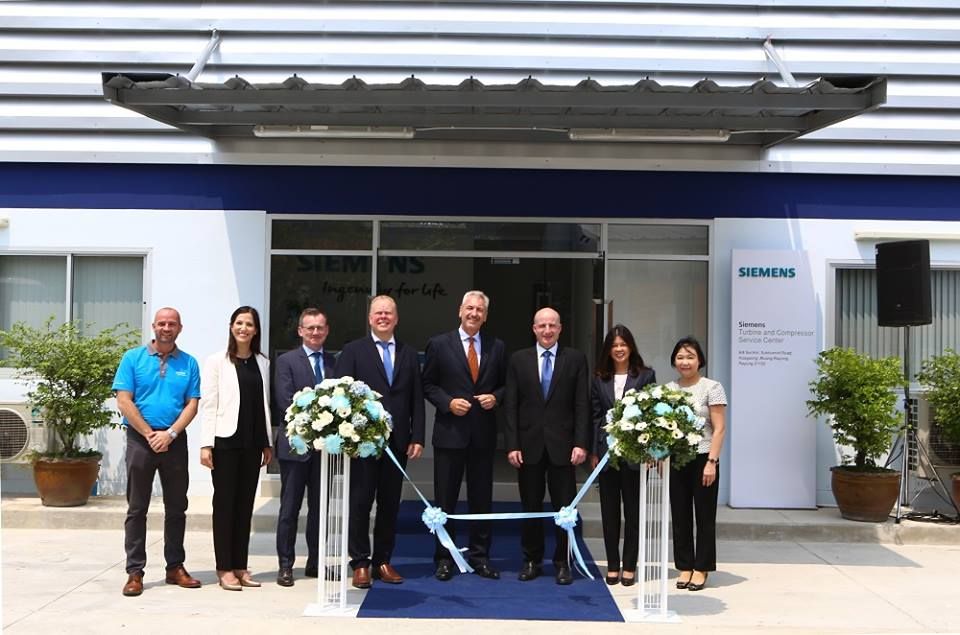EuroCham calls for introducing direct power purchase agreements in 2019 with the aim of promoting private investments into renewable electricity generation.
In the 11th edition of its annual Whitebook launched recently, the European Chamber of Commerce in Vietnam (EuroCham) calls upon the country to lure additional private investments into renewable electricity generation.
Accordingly, the country should introduce “sleeved” direct power purchase agreements (DPPAs) within 2019 between power producers and large power consumers as these deals have proven to be extremely effective in other, similar countries.
The EuroCham exemplified its stance by the fact that companies and other multi-national corporations have stated their global commitments to seek access to clean energy. This will help attract additional investment and global brands, thus enabling the nation to move up the manufacturing value chain.
It also urged the implementation of changes to wind and solar power purchase agreements (PPAs) to make them ‘bankable’ by international finance institutions, and define future feed-in-tariffs (FITs) for renewable energy in 2019 and the years ahead.
The EuroCham appreciates Circular 02/2019/TT-BCT recently issued by the Ministry of Industry and Trade, regulating the implementation of wind power projects as the circular put stress on revising the standardised PPA for wind projects.
It is strongly recommended that the Government consult and consider opinions from private investors when revising future FiT policies on solar, biomass, and waste-to-energy for 2019 and 2020 with the support of the EU Vietnam Energy Facility.
Any changes to the current policy should give at least the same or more favourable conditions to the projects which are being developed or implemented, the EuroCham said.
Meanwhile, the restructuring of the Vietnam Electricity group (EVN) was needed to enhance its creditworthiness. The credit enhancement would help the Government reach its energy and environmental goals, and encourage developers to consider Vietnam as an attractive market for investment on commercial terms.
The Government is encouraged to work with EuroCham’s Green Growth Sector Committee (GGSC), the Vietnam Business Forum (VBF), EU private sector solar experts, and businesses in Vietnam, to publish a Solar Power Decision giving support to regulations that are most likely to attract private investments as part of the National Power Development Plan VIII planning process.
Measures for raising energy efficiency
According to the EuroCham, most consumers will have to pay the true cost of energy and define the timing and speed of progress toward the market-based pricing of electricity. Increased transparency can be a boost to increasing investment in energy efficiency and the installation of household solar, wind, or other renewable energy sources to relieve pressure on the power distribution system.
In fact, the growth in demand for electricity has exceeded income growth since 2004, thus leading to a rapid rise in electricity intensity. The main constraints holding back energy efficiency measures in Vietnam are threefold, firstly due to a lack of policy framework and enforcement; secondly subsidized and low electricity tariffs with no roadmap to future tariff inflation; and finally the difficulty of financial mechanisms for investment in energy-efficient technology and conservation.
As per market-based pricing, the EuroCham specifically recommends that the country’s competent agencies issue a Retail Power Price Roadmap for the full introduction of market-based pricing by 2020 with a vision towards 2025. This would include a definition of variable pricing between the three main tariff groups which are residential, commercial, and industrial.
Energy efficiency investment and innovation are not occuring in high volume as businesses and consumers believe that power tariffs will remain subsidized by the Government, the chamber noted.
It underlined the significance of encouraging private sector investment into smart grid and smart transition technologies that provide effective cost-saving solutions. In addition, special incentive measures should be taken for waste-to-energy systems, particularly in order to benefit local communities through improved health and hygiene.
However, the desire to attract investment in energy efficiency stays unfulfilled, whilst retail power tariffs have remained the same for two and a half years. Moreover, there has been no transparency on future power prices for consumers or on the timing of the movement towards the market-based pricing of energy, said the EuroCham’s GGSC.
The committee applauded the initial signs of a stronger relationship between the MoIT and the Ministry of Planning and Investment in a bid to push up the development of energy policy for the private sector.
Previously, the EuroCham, together with other chambers, presented the Made in Vietnam Energy Plan (MVEP) to Prime Minister Nguyen Xuan Phuc at the VBF held in Hanoi in December 2016.
The MVEP outlined benefits from cleaner domestic solutions set for the nation’s future energy needs and the positives of prioritising domestic resources over imported energy resources.
It also highlighted how the country’s energy needs can be met with greater emphasis on cleaner domestic sources of energy such as renewables (biomass, wind and solar, and sustainable energy efficiencies) and on the increased development of the country’s offshore natural gas. These sources will all reduce the effects on the environment and the need for imported coal.
The MVEP report included regulatory and policy recommendations that can deliver the private sector investment necessary to meet the US$100 billion required to meet Vietnam’s energy needs by 2030. These proposals also look to maximize the use of indigenous resources and delivers on the country’s environmental goals.


